Are you tired of that spinning wheel interrupting your favorite song or the dreaded lag ruining a pivotal movie scene? If so, you might have reason to cheer. Whispers are circulating within the tech community, suggesting that Google is making significant strides to enhance the streaming experience on its next major Android release, tentatively dubbed Android 16. Sources familiar with the development roadmap indicate a strong focus on refining how the operating system handles music and video playback, potentially leading to smoother, more reliable, and more enjoyable streaming for millions of users worldwide.
While official details remain scarce, the buzz surrounding Android 16’s potential streaming improvements is gaining momentum. Industry analysts point to Google’s ongoing commitment to multimedia experiences on Android as a key driver for this focus. With streaming services becoming increasingly central to how people consume entertainment, a robust and optimized platform is crucial for Android’s continued success.
So, what exactly could these improvements entail? While concrete specifics are yet to be officially announced by Google, digging into past Android releases and current trends in streaming technology offers some compelling clues. One area likely to see attention is codec support. Android already supports a wide range of audio and video codecs, but newer, more efficient codecs are constantly emerging. Android 16 could potentially introduce native support for the latest generation of codecs, allowing devices to play higher-quality content while using less bandwidth and battery power. This would translate to sharper visuals, richer audio, and longer streaming sessions without needing to constantly reach for a charger.
Another potential area of focus is network optimization. Streaming relies heavily on a stable and fast internet connection. Android 16 might incorporate smarter algorithms for managing network resources, prioritizing streaming traffic to minimize interruptions. Imagine watching a live sports event on your phone with near-zero latency, even in crowded environments with multiple devices vying for bandwidth. This level of optimization would be a significant leap forward in mobile entertainment.
Furthermore, battery life during streaming is a persistent concern for many users. Google has consistently worked on improving battery management in Android, and Android 16 could introduce further refinements specifically tailored to streaming scenarios. This might involve more intelligent power allocation to the components involved in playback, such as the processor, display, and network modem. The goal would be to allow users to binge-watch their favorite shows or listen to hours of music without draining their battery excessively.
Beyond core system-level improvements, Android 16 could also bring new APIs (Application Programming Interfaces) for developers of streaming apps. These APIs would provide developers with more tools and capabilities to optimize their apps for the latest Android version. This could lead to innovative features within streaming apps themselves, such as more advanced playback controls, better offline download management, or even personalized streaming recommendations based on device capabilities.
Consider the frustration of a video stuttering at a crucial moment or the audio cutting out during an intense musical passage. These are common pain points for mobile streamers, and it appears Google is determined to address them head-on with Android 16. By focusing on fundamental aspects like codec support, network handling, and power management, Google aims to create a more seamless and immersive streaming experience for Android users.
The impact of these potential improvements could be far-reaching. For consumers, it means a more enjoyable and less frustrating way to consume their favorite media on the go. For content providers, it opens up opportunities to deliver higher-quality streams to a wider audience. And for device manufacturers, it provides a compelling selling point for their latest Android smartphones and tablets.
While the exact timeline for the release of Android 16 remains unconfirmed, the anticipation surrounding its potential streaming enhancements is already building. As the development process progresses, more details are likely to emerge through official announcements and developer previews. One thing seems clear: Google recognizes the importance of streaming in the modern digital landscape and is committed to making Android the best possible platform for enjoying music and video. So, the next time you settle in to stream your favorite content on your Android device, you might just experience a noticeably smoother and more satisfying experience, thanks to the advancements potentially coming with Android 16. Keep an eye out for future updates as Google unveils its plans for the next iteration of its popular mobile operating system. The future of mobile streaming on Android looks bright, and buffering might soon become a thing of the past.

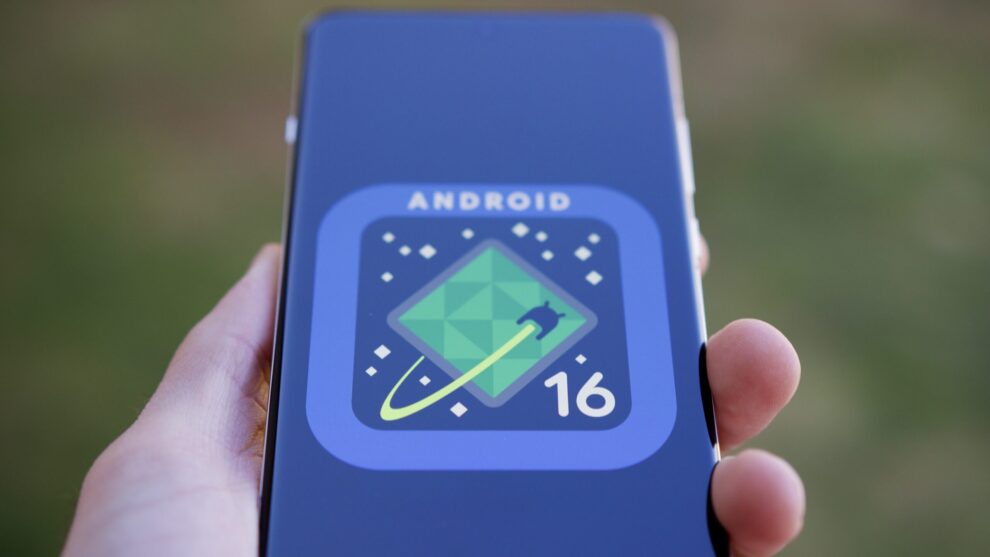
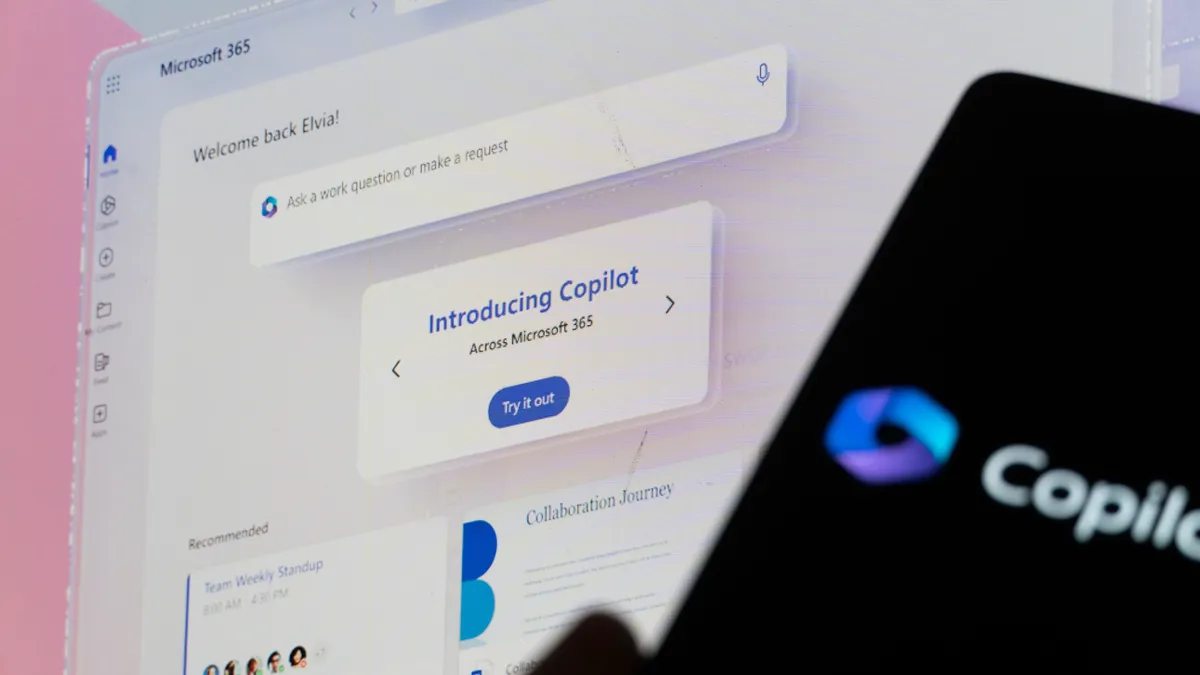
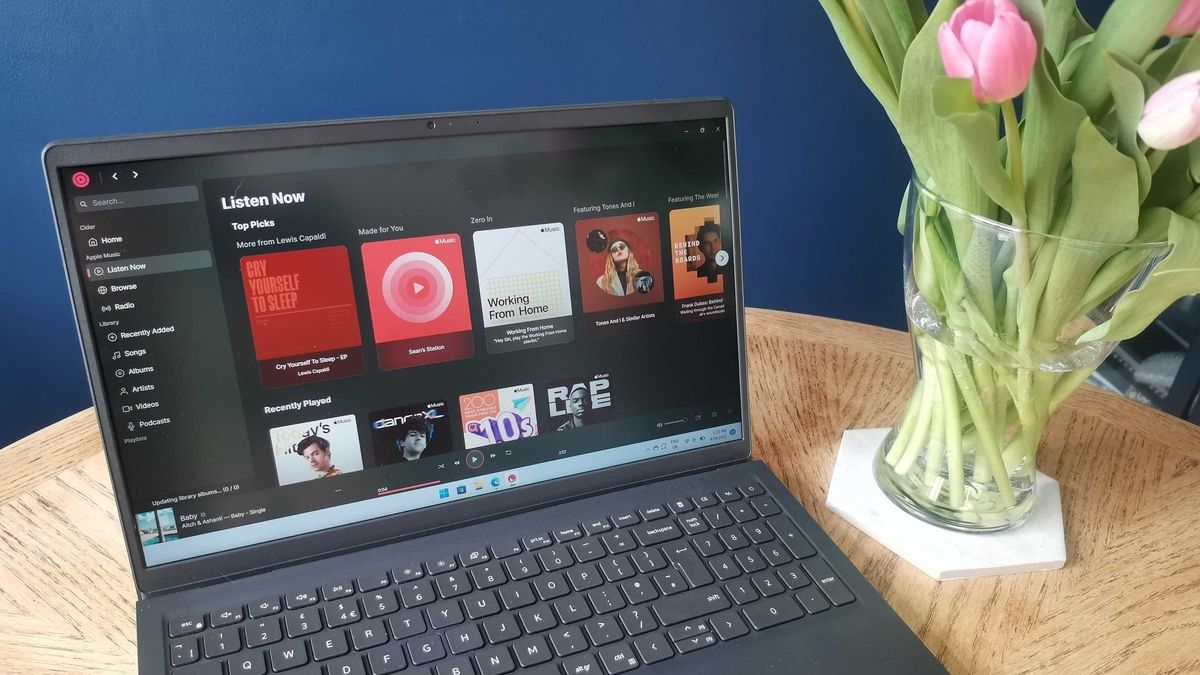


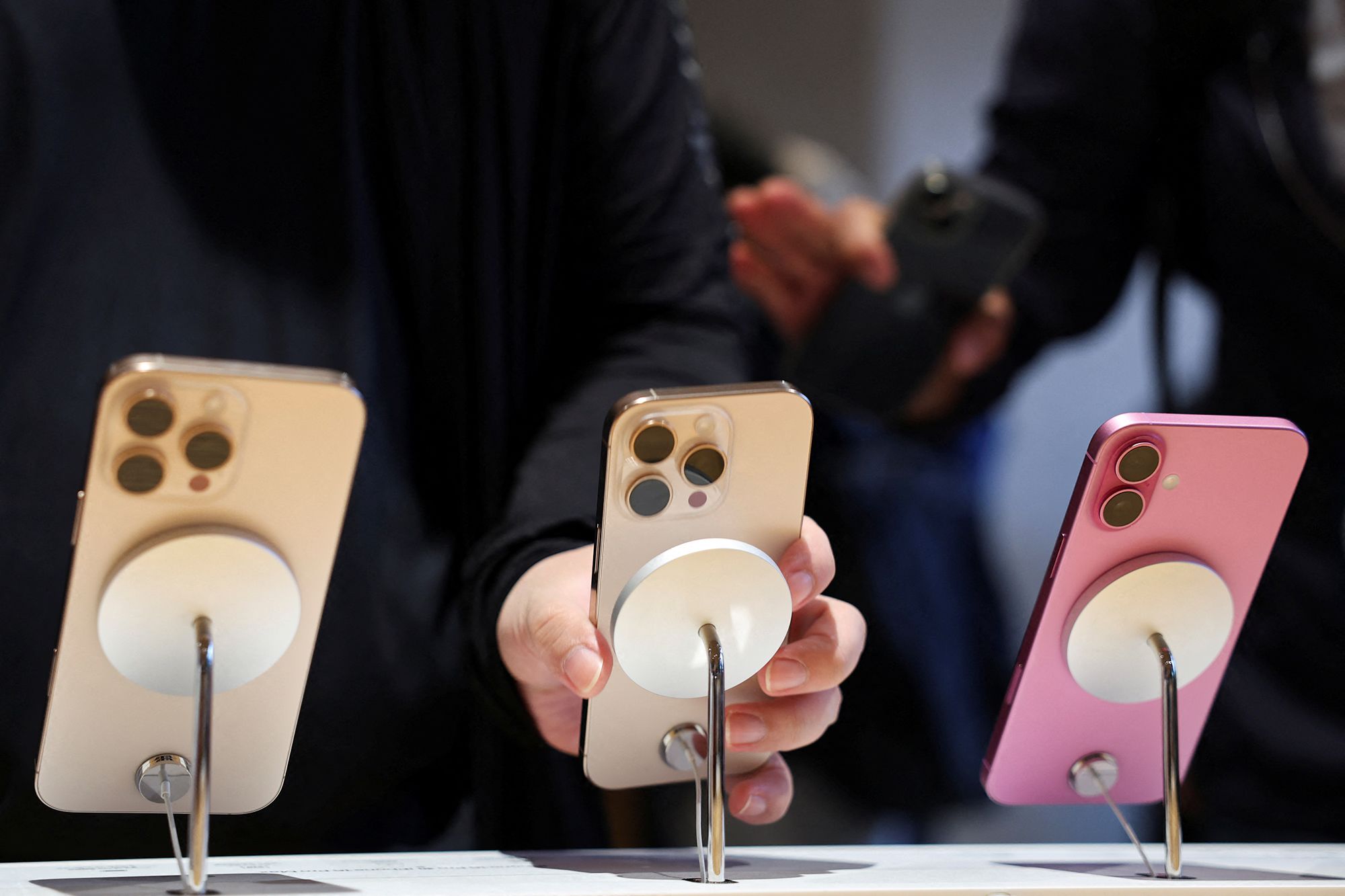

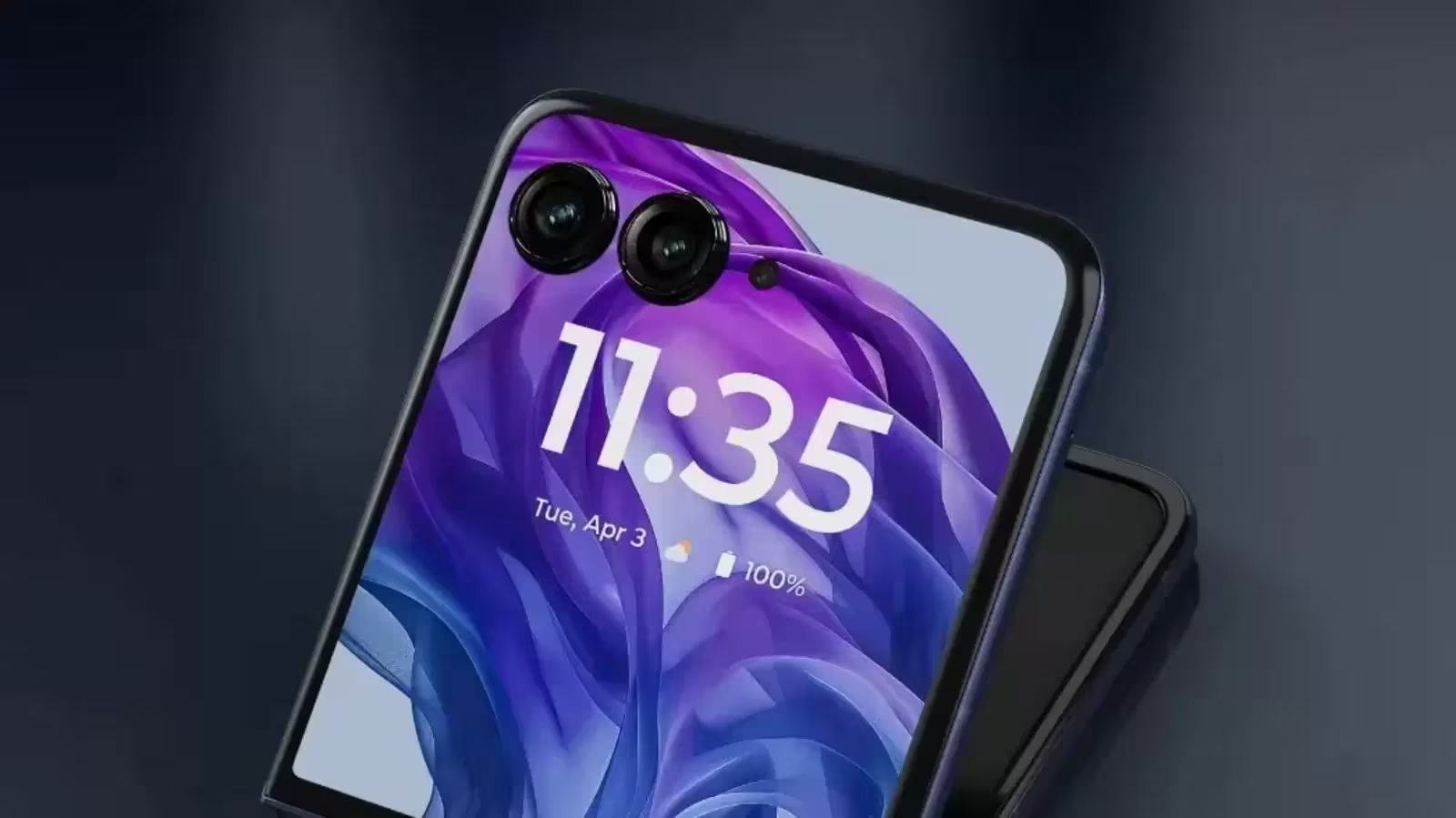
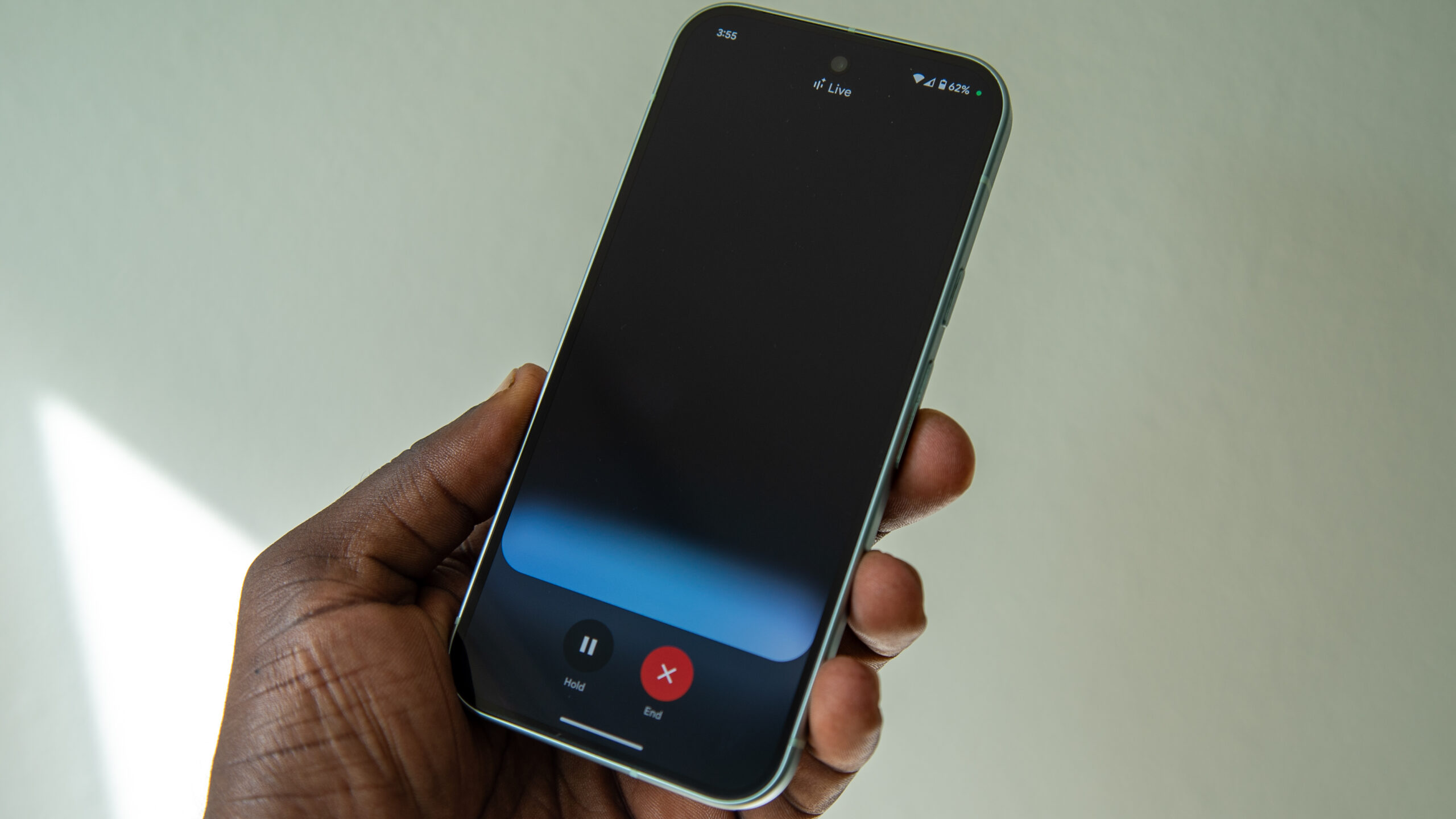
Add Comment